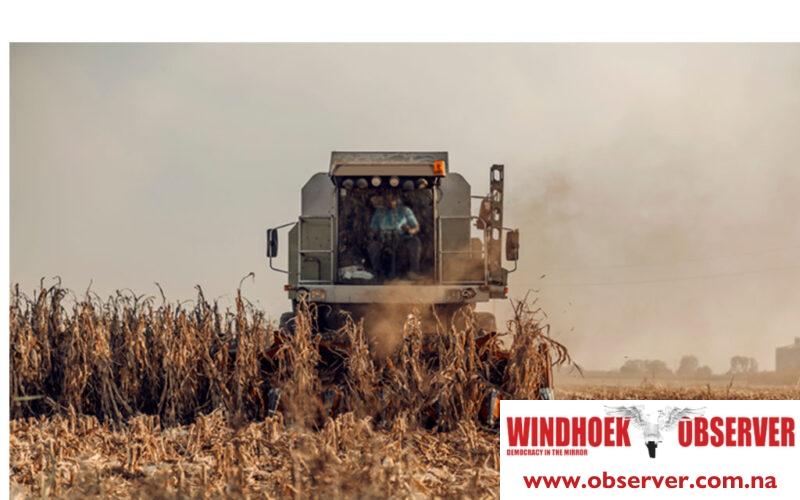CHAMWE KAIRA
Namibia is on list of countries that are expected to depend on maize imports from South Africa due to the impact of the El Nino on other Southern African countries including Zimbabwe, Zambia Botswana, Namibia and Mozambique.
The Namibian Agronomic Board said in March that Namibia expects to import 162 000 tonnes of white maize in the 2023/24 season, given that the country expects to produce about 38 000 tonnes in locally.
Equity analyst, Vikhyat Sharma said in a report he prepared for the Rainbow Chicken Limited that although the current year’s expected maize crop is estimated to be higher than local South Africa demand, the El Nino impacts on other Southern African countries (Zimbabwe, Zambia Botswana, Namibia and Mozambique) has therefore meant strong export demand for South Africa maize.
“This supply-demand dynamic has led to a surge in white maize prices as South Africa is expected to import white maize this year. However, the rise in yellow maize price has not been as high as white maize given South Africa is expected to have sufficient,” he said in a report for Rainbow Chicken Limited, which is preparing to list on the JSE.
Feed is the largest contributor to total cost of chicken production. The feed for chicken is made up of maize and soya (meal and extruded soya) which comprises more than 80% of the feed on an inclusion basis. On a feed cost contribution basis, maize normally contributes 40% to 50% while soya’s contribution (soya-based inputs) ranges between 30% to 35%.
Sharma noted that despite being self-sufficient, the maize prices in South Africa are determined by international maize prices and the US Dollar: Rand exchange rate.
The report noted that in a year where there is sufficient production of maize relative to consumption, the prices trade at export parity.
“This export parity price is essentially compensating farmers for if they were to export the crop in the international market. The price is therefore the international maize price in US Dollars converted to Rands, less the cost of exporting the maize.”
Sharma said in a year, where South African production is or is expected to be insufficient, the maize prices jump to import parity (typically 30% to 40% higher than export parity prices), which is essentially the cost of importing the international maize into South Africa.
After a record maize crop harvest in 2023 (16.4mn tons), South Africa’s 2024 crop is forecasted to be lower at 13,4mn tons due to the El Nino weather pattern impacting crop yields.
The Namibian Agronomic Board said in March that Namibia expects to import 162 000 tonnes of white maize in the 2023/24 season, given that the country expects to produce about 38 000 tonnes in locally.




